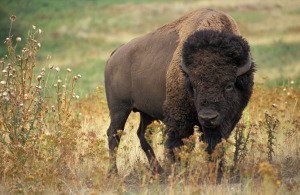Blog
Home » Blog

Your Next Family Vacation
Family vacations: stuffing more coolers and bags than you knew you owned into every open spot in the car; squinting

Yellowstone Wildlife Spotlight: American Bison
Here at Bear World, you’ll find a variety of Yellowstone wildlife. Probably one of the most notable (beside the bears
The Super Sniffers
You may have heard the surprising statistic that a bear’s sense of smell is seven times greater than that of
How Do Bears Spend the Winter?
With the approaching winter, you may be looking forward to ice-skating, hot chocolate, knitted scarves, snowball fights, and gift-giving. Or
The Iconic Teddy Bear
What do America’s 26th president and a large, lumbering omnivore have in common? They both passed their names on to


Yellowstone Bear World Brochure
» Download PDF Requires Adobe Reader » Get Adobe Reader Free target”_blank”


